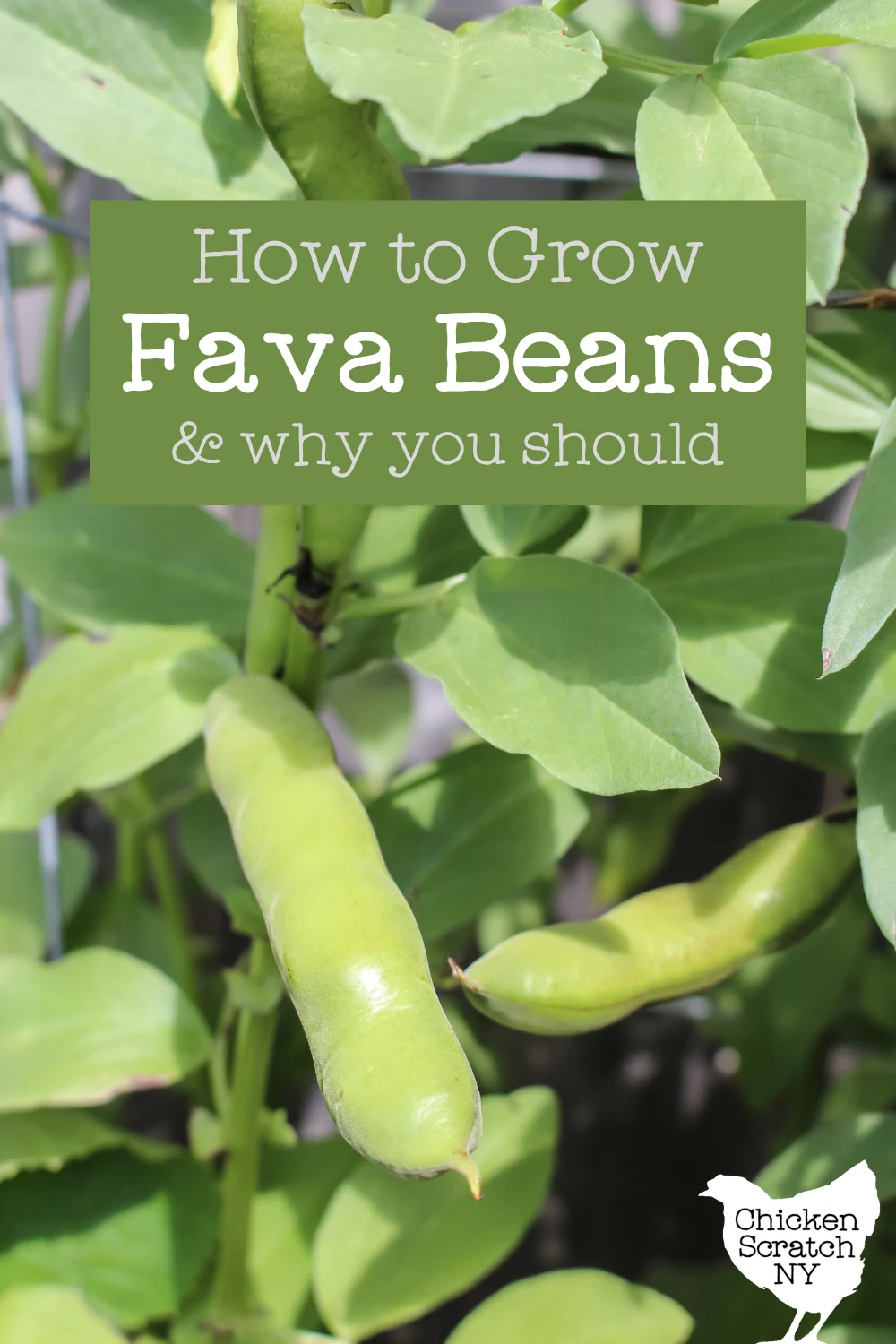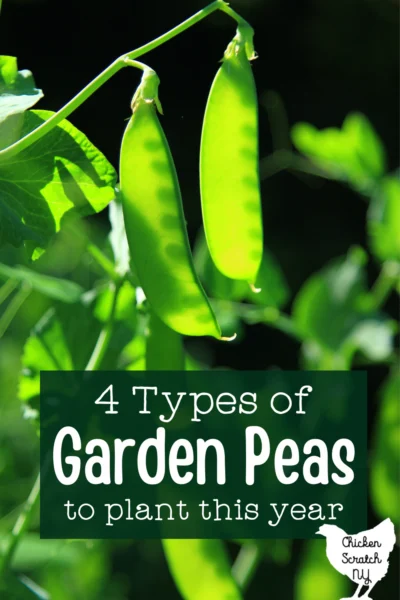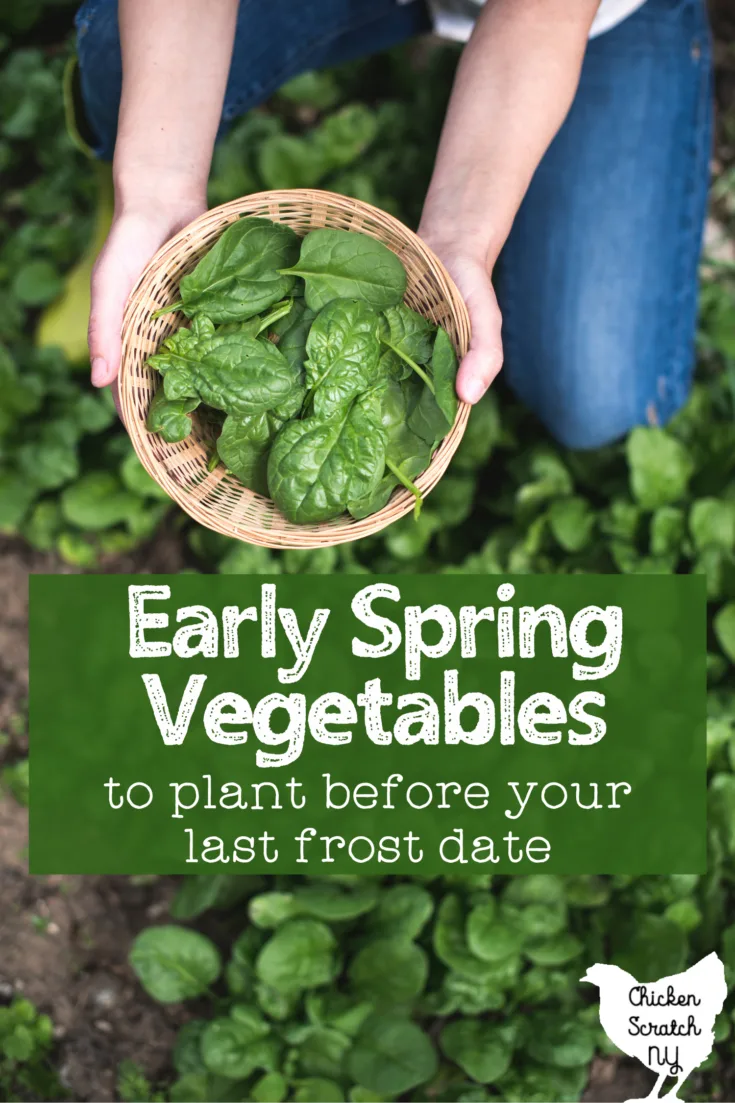Learn how to grow fava beans and enjoy an early spring nutritious, protein-packed harvest that improves the soil as it grows!

Fava beans, also known as broad beans, horse beans or Vicia faba if you’re fancy, have a long history of use in European kitchens and in North America where cooler weather makes it difficult to grow lima beans.
The hardy legumes are ready to go in the ground very early, as soon as you’d plant peas when the soil is thawed, drained, and has hit 45 degrees; unlike regular garden beans that require warm soil and even warmer weather to grow.
Discover 4 Types of Peas to Plant in your Vegetable Garden
Varieties
Unlike tomatoes and peppers, you aren’t going to have a whole lot of options when it comes to buying your seeds.

Instead of being divided up based on flavor, you’re more likely to see the seeds divided by utility. Fava beans are grown both for fresh eating and also as a soil-building cover crop.
The most common culinary option is Windsor, an heirloom variety known for large pods filled with 3-5 large beans. The plants reach 2-3 feet tall and the pods are ready to harvest in 75 days.
If you’re looking to build up your soil in the early spring when it’s too cold for most cover crop options you need to get your hands on forage-quality fava beans. It will end up being much cheaper than buying a dozen packets of the culinary variety.
Read more about Cover Crops
The plants will grow the same way but instead of harvesting the pods you can pull them and add to compost or chop them up and work them into the soil where they will quickly decompose.
Buy Windsor fava bean seed from Fedco – Botanical Interests
Buy cover crop fava bean seed from Botanical Interest – Southern Exposure
Where to Plant Fava Beans
The best place to plant fava beans is in an established garden bed, preferably prepared the year before, where they’ll get full sun. If you’re expecting the weather to get hot before it’s time to harvest try to give them a bit of shade during the hottest part of the day.
Try to find a place where the plants will be sheltered from heavy winds or plan to stake them. Fava bean plants have very sturdy stems but the heavy pods can put them at risk of flopping or even snapping.
One of the coolest things about fava beans is their cold tolerance, they will germinate between 40 and 60 degrees, so having their garden space ready to go will help you get them growing quickly without having to work around spring rains.

Another reason you should be planting your favas in the garden is their nitrogen-fixing properties. Legumes have a magical best friend called rhizobium bacteria, they live in little nodules on the roots of the plants and take nitrogen from the air and turn it into a fertilizer the plants can use.
Even if you’re growing a smaller quantity of favas for culinary uses and not strictly as a cover crop it’s worth taking every opportunity to improve your soil!
How to Grow Fava Beans
“Fava beans should be planted as soon as the soil can be worked” is an often repeated and yet, incredibly frustrating statement. What exactly does that mean and also, how far can you push it?
Your exact planting time is going to depend on the weather, your soil type, and your soil temperature. If your new to the garden game, figure out your last frost date and count back 6-8 weeks for a good window.
I have really heavy clay soil that takes forever to drain after the snow melts and gets sticky and clumpy if you look at it wrong. If you have sandy soil it’s going to be ready to work a lot sooner.
To figure out if your soil is ready all you need to do is grab a nice handful, if it clumps into a ball and you consider swapping your garden for a pottery wheel, give it a few days. Windy spring days do a pretty good job of drying out the surface so make sure you’re checking every day or so.
Learn more about Early Spring Vegetables to Plant Before the Last Frost Date
As for the temperature, one of my early spring hobbies is stabbing the ground with a soil thermometer waiting for the elusive 45-degree mark.
Even though fava beans (and the peas you often plant at the same time) will germinate in soil as cool as 35 degrees, it’s going to take a very long time and you’re better off giving it a bit of time to warm up.
Germination time is directly correlated to soil temp, the ideal zone for favas to germinate is 45-60 degrees. The plants don’t do well in heat and will stop growing when the daytime temps get over 75 degrees.
Where I live that puts me into late June/early July depending on the year, so if I plant in early April I should be golden.
Soil is very dense and it takes a long time to warm up but it also takes a long time to cool off. That means a few chilly days won’t suddenly make the ground refreeze.
Which is awesome when you live in an area with weather that could rival the world’s greatest roller coaster in ups and downs.
Fava bean plants are incredibly hardy, I’ve seen claims that they can handle temperatures down to 10 degrees which is pretty metal and exactly what I’d expect from a vegetable made famous by a cannibal.
That means if you get a sudden cold snap your plants will be fine.
Once your soil is workable and warm it’s time to plant. Fava bean seeds are huge, and while you can plant them directly in the soil you can also give them a bit of a head start by soaking them for a few hours.
Then head to the garden and plant them 1″ deep about 6 inches apart with about 20″ between rows. You can also use a grid spacing leaving about a square foot for each plant.

One of the most surprising things about fava bean plants is the flowers. They look a lot like sweet pea blossoms (family resemblance is strong!) with white flowers with black spots.
Black is a really rare color in follows, usually ‘black flowers’ means deep maroon but these look like dalmatians. They’re also edible and would make a nice addition to a spring salad.

Fava bean flowers grow in clumps right above a leaf node and that’s where the pods will later form. Unlike peas and beans where the pods hang down on flimsy stems, fava bean pods stick straight up and out (they’re happy to see you).
Harvest Time
Fava beans are a versatile crop, you can start eating the pods when they’re very young before the beans start to swell. Treat them like beans and eat the whole pod.
You can even eat the more tender top leaves if you’re getting impatient (they taste like a fava bean/lettuce hybrid).
If you’re after the beans you’ll have to wait a bit longer. The thick pods hold between 3 and 8 giant bean seeds and they’re ready to harvest when the stiff pods are plump and glossy.
You can also pick somewhere in the middle and harvest them younger for baby favas.
That’s what’s so great about growing your own, you can sample them at every step along the journey and pinpoint exactly when your ideal fava experience is.
Pick the pods by snapping them off with your fingers or by using some clippers to cut through the stem close to the plant.
Fava beans store better than peas, you can store the pods or the shelled beans in a bag in the fridge for a few days.
If you’re interested in harvesting dried favas, either for seed to replant next season or for use as food, let the pods and beans dry on the plant.
Letting the pods mature to this point will trigger the plants to stop producing more flowers so leave this for the end of the season or select a few plants to ignore.
Danger Zone
You probably don’t consider gardening a high-risk activity (unless you live in an area surrounded by rattlesnakes but then I think you have bigger problems) but there are a few crops that can cause health issues just from growing them.
And fava beans are on that list.
People deficient in an enzyme called glucose-6-phosphate dehydrogenase (G6PD) should not handle seeds, consume fava beans, or inhale the pollen.
According to the National Institute of Health, fava beans contain compounds that can cause hemolytic anemia in people with G6PD that consume them or even inhale the pollen.
G6PD is most common in people from certain areas in Africa, the Mediterranean, and the Middle East. It’s also more likely to affect men.
It’s possible to have the condition without ever knowing it until it’s triggered by contact with certain medications or fava beans. There is even a specific term for the reaction to favas, favism.
Now that I’ve scared you, it’s estimated that fewer than 1,000 people in the US have this genetic condition.
Fava Beans in the Kitchen
Unlike most of the crops we regularly grow in the garden, fava beans are probably not that high on your list of commonly eaten vegetables.

The large beans are covered with a thick membrane, the easiest way to remove the membrane is by blanching the beans in boiling water for 30 seconds before popping them into an ice bath.
The ice will shock the beans, preserving the bright green color and stopping the cooking. Then you can pop the inner bean out of the membrane either by squeezing or with some help from a paring knife.
You can also eat the membrane but it will affect the texture of your finished dish. if you pick your favas as tiny baby beans you can treat them more like garden peas and ignore the membrane altogether.
Either way, the secret to enjoying fava beans seems to be not overcooking them, just like peas.
A few Fava Bean Recipes to get you started:
- Fava Bean Puree from A Food Lover’s Kitchen
- Fava Beans with Mint & Lemon from Feasting at Home
- Fava Bean Fennel Salad with Parmesan from Simply Recipes
- Fava Bean Greens Pesto from Homestead & Chill (uses the leaves)
If you are a cookbook lover like me and you’re in the market for a book that covers all sorts of fun and unusual vegetables I highly recommend Six Seasons by Joshua McFadden with Martha Holmberg. It has a whole section on fava beans including 4 unique recipes like Fava & Pistachio Pesto on Pasta and Smashed Fava Beans, Pecorino, and Mint on Toast.
Check out my Vegetable Garden page for more ideas or start here:

Check out my Vegetable Garden page for more ideas or start here:



